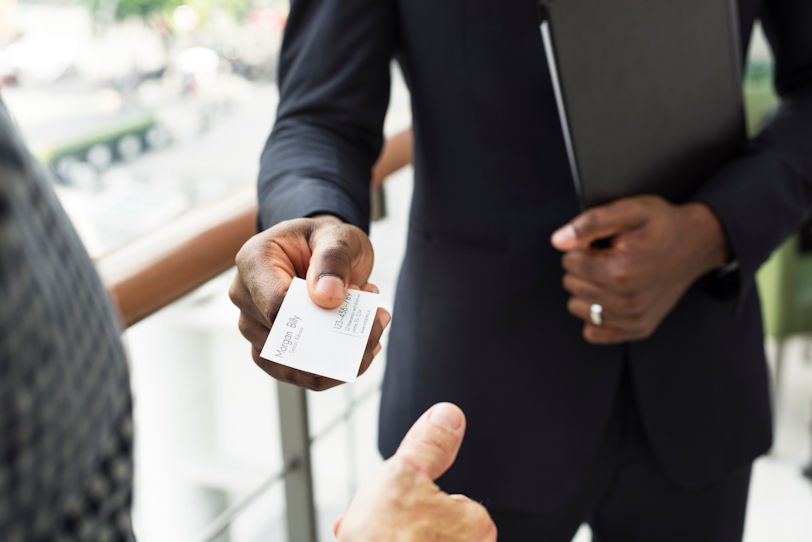Product packaging design can influence perception and, when done right, evoke an emotional response from buyers.
We’ve all waltzed down an aisle in Target, Starbucks hot in hand, perusing row after row of products neatly stacked on crowded shelves, scanning for something we don’t even know we’re looking for: the aesthetic connection. You know, that seemingly mindless attraction to a product because of its color, design, or appeal (we can’t be the only ones who’ve bought a product because the packaging was cool, right?).
Unpacking Product Packaging Design
Color
We’ve covered the impact of colors in branding and the psychological triggers they bear, but what comes of their specific applications to product packaging design when combined with shape and texture? A trifecta of influence and association.
Color is often the very first thing people notice and the first thing they associate with certain products. For example, when you turn down an aisle of your local grocer or drug store to pick up a new tube of Colgate or Crest, you may find yourself gravitating to the block of color made up of individual products on the shelves before you even read a brand name. You associate the crimson red with Colgate and the iridescent blue with Crest. You know the products without needing to see any logos. Color speaks without words.
Color also plays an important role on our impression and emotional response to product packaging. It can subtly impart a message and inform a buyer of what lies on the other side of the package. Consider the color associations and connotations you want consumers to have of your product. How do the colors you use attract and inform a customer while reflecting your brand image and identity?
Shape
The shape of a product’s packaging can also have significant sway on perception. From a product’s bottle or jar to the box that it comes in, shape, too, can speak without words. Where color can have its limits, as thousands of brands employ all different hues that make up the spectrum, shape has potential to be a unique identifier for your product and brand.
Combined with color, a distinct product shape can be instantly recognizable—something brands should always strive for in their product packaging design. Shape can also elicit emotional responses.
Sharp lines and edges may be perceived as strong, tough, modern, or masculine, while rounded, curvy lines or shapes may be perceived as softer or more feminine.
Texture
Don’t count out the tactile experience a customer has when they pick up a product from the shelf. The texture of product packaging can influence the impression of the product itself—especially for first-time buyers.
Thicker, textured packaging may impress on some people a higher quality product. Thinner, sleeker options might echo your company’s commitment to sustainable, low-waste packaging. When determining what works for your product, think about your intentions and the impression you wish to leave your potential customers with. What does your brand feel like? How can you reflect that in the packaging for your products?
Color, shape, and texture have endless potential to work together to communicate a message to consumers. They can attract and inform and even influence a buyer’s decision about the contents that lay within. What message do you want to send?



